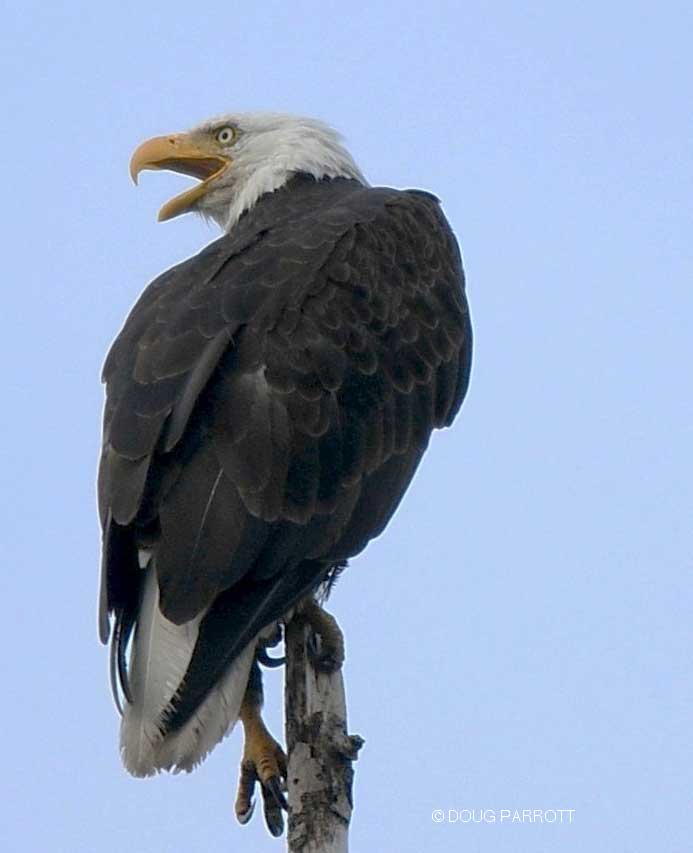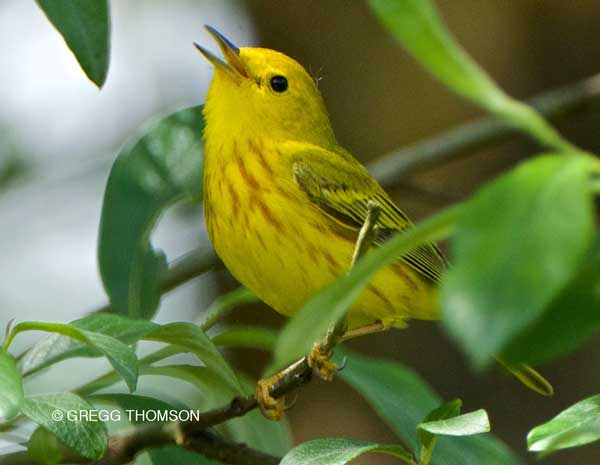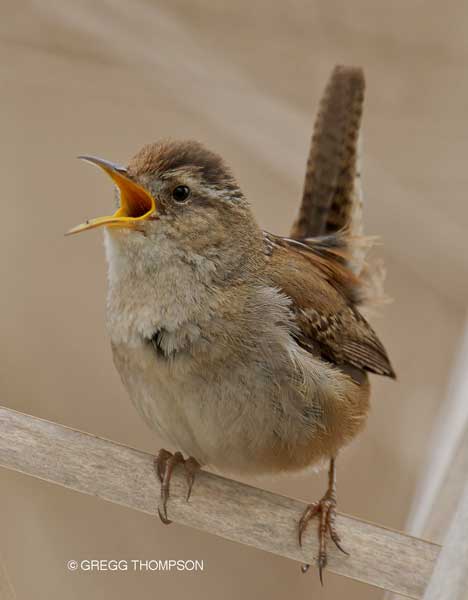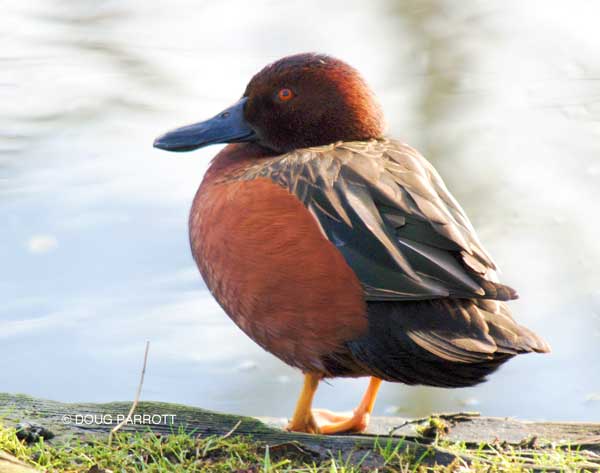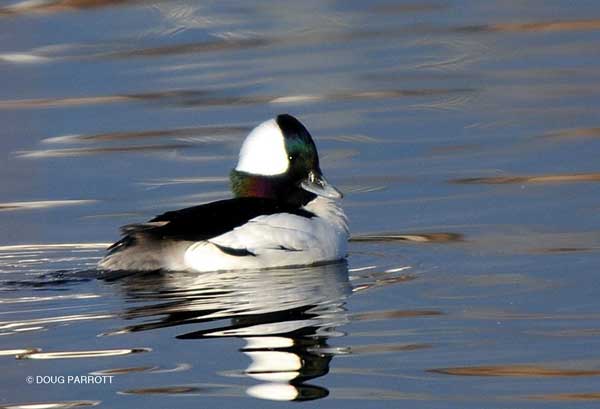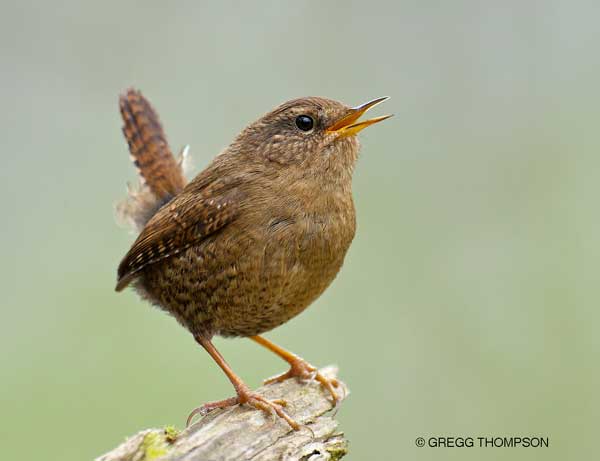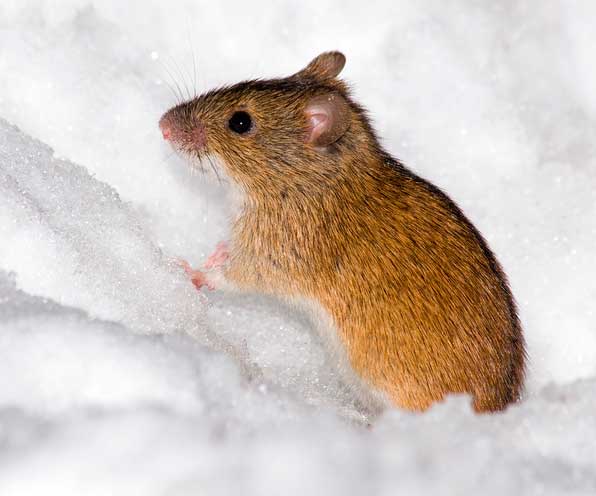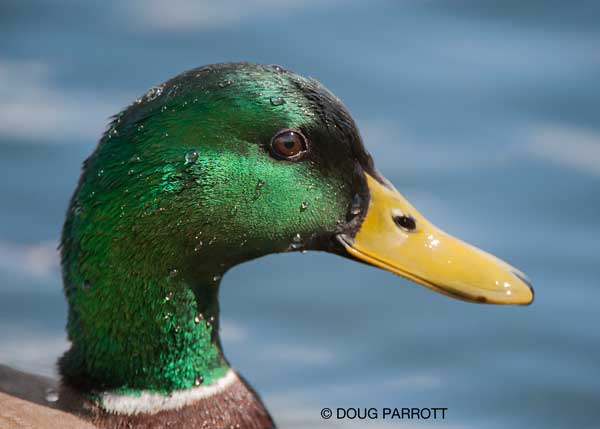Dear friends, I wonder if you could help our shorebirds at Montlake Fill (Union Bay Natural Area)?
Shorebirds are sandpipers that migrate from Central and South America all the way up to the tundra in Alaska and Canada. Every spring and fall, they pass through Washington. Notably, they come to Montlake Fill to thrill us with their beauty, their hardiness, they *tininess*! Imagine flapping your arms day after day, hour after hour, for thousands of miles to get to Alaska on your own power! That’s what shorebirds do.
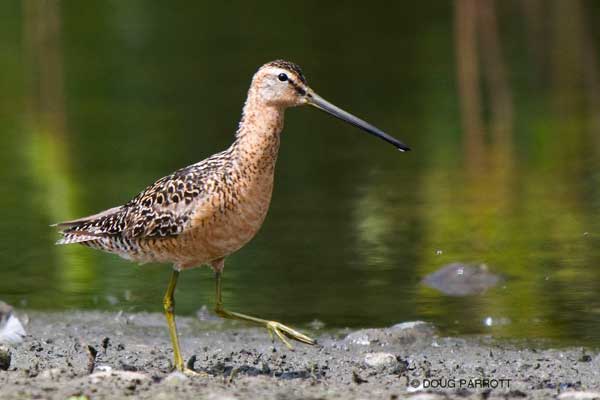
Long-billed Dowitcher, one of 29 species of shorebirds who visit the Fill.
Unfortunately, Montlake Fill has suffered a *catastrophic* decline in shorebird migration. We went from some 1500 birds in the 1990s to a mere 42 individuals last year. That is because woody vegetation has grown all around the mudflats and ponds of the Fill. Shorebirds need open space so they can see their predators coming from far off. They don’t like habitat that has dense cover, where raptors can lurk. Because willows and bushes have invaded the main ponds of the Fill and now nearly blanket the best mud, shorebirds have quit coming.
We have a *unique*, once-in-a-lifetime chance to restore shorebirds to Montlake Fill. Washington Dept. of Transportation (WSDOT) is planning to give the University of Washington $2 million to mitigate for the floating bridge they are widening across the Lake Washington (Union Bay is part of Lake Washington). Tragically, though, the mitigation plan they’ve come up with calls for *more* woody vegetation at the Fill. Not only that, the plan calls for so-called “buffer plants” to be planted around all the ponds, making it impossible for students and community members to access them to view any birds at all. These plans will effectively end shorebird migration here. A migration pattern that has existed since the end of the last Ice Age will be no more, at least as far as we will be able to observe in Seattle.
Seattle Audubon and I have been trying to persuade WSDOT and the US Army Corps of Engineers (who have jurisdiction here) to alter their plans and *remove* woody vegetation from around the two biggest ponds of the Fill. The conservation scientists at Seattle Audubon believe this will restore a significant population of migrating shorebirds to the Fill.
WSDOT and the US Army Corps of Engineers (USACE) refuse to listen. Instead they insist on following a generic mitigation plan that does not take into account the fact that the Fill is a teaching site, where usable shorebird habitat can be accessed by both birds and people. Their plan doesn’t even take into account the fact that our wetlands in the NW differ in nature from those of the eastern US, where these plans were concocted. Indeed, we will end up with woody deciduous wetlands that, according to Professor Dennis Paulson of the Slater Museum (a world expert), will provide habitat for very few birds at all.
We are asking everyone who cares about shorebirds and the Fill to sign Seattle Audubon’s petition asking WSDOT and the USACE to revise their plans for the Fill and remove woody vegetation from two ponds. This is a simple, easy, low-cost way to restore an important ecological niche to the Fill and to Seattle as a whole. Here is the link (it’s long because it will automatically be sent to all these agencies):
http://tinyurl.com/WaSDoT-Shorebird-Petition
We also ask that people send emails or letters to WSDOT, USACE and the UW, letting them know this is an important issue for us. Here is a link to Seattle Audubon’s web page to give you contact information:
http://tinyurl.com/SeattleAudubonShorebird
Finally, we are asking people to spread the word about the petition and our efforts to help shorebirds. Please forward this message to your Facebook friends, your families, and to organizations you belong to.
Numbers do count in an effort like this. Will you help? Will you ask everyone you know to join with us? I know your voice(s) would make a difference!

